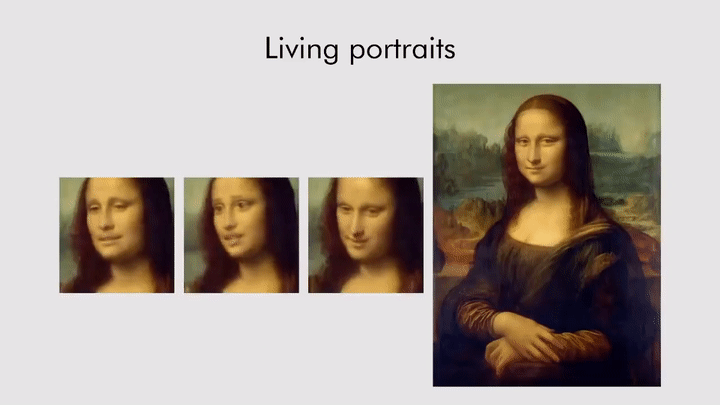The Project
Besides the core model, the dashboard is the main point of interaction that users have with our General Adversarial Network (GAN) platform. As the project evolved, new features were added, but these additions resulted in a bloated interface that no longer served its purpose efficiently.
These UX issues, combined with various visual inconsistencies, led us to rebuild the dashboard from scratch.

Designing with real data no data
Dashboards shine when filled with generated samples and training metrics, but what's the experience like for a new user with no models trained yet?
As a new user, being presented with an empty dashboard is disorienting. We wanted to encourage users to explore and train their first GAN. To aid this, we developed an onboarding wizard that guides users through setting up and training their initial adversarial network.
Since the wizard was first implemented, over 48,000 new GANs have been created through it.

Code to last
From a development perspective, one of the most glaring issues with the front-end code was the inconsistent naming conventions and duplicated styles.
To better manage this in the future, we adopted a modular development process. Every pattern is clearly scoped and split into its own namespaced partial.